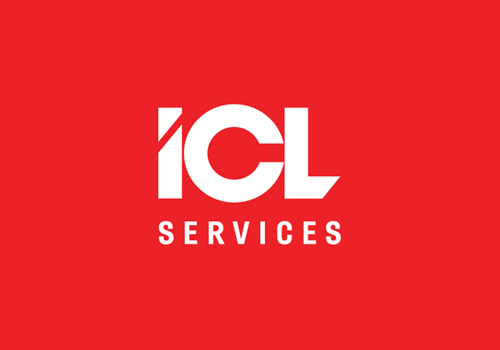The 1C-based BIT.Medical Center Management medical information system was introduced in KORD, a medical center providing ophtalmic services. This solution was used by the company to store electronic cards that recorded patient data, admission results, diagnoses, and other parameters.
However, the full potential of this system was locked because some of the clinic's equipment was not connected to the network and could not automatically transmit clinical data. Because of this, the data had to be printed on paper and manually entered into 1C.
The customer planned to make the data transferred to 1C by the equipment itself, not the doctors. Thus, KORD clinic turned to ICL Services for this task.
Key Challenges
- Integrate medical equipment into the company's digital circuit
Implemented our solution
First, the ICL Services specialists studied the documentation for the equipment to understand how it works, what data it can transmit, in what format, and through what ports.
Then, microcontrollers, ports, and other devices that can receive this data were acquired, and the software concept was developed.
Hardware. To assess the hardware technical feasibility, a working modular layout was assembled. During testing, it was revealed that direct connection to the connectors was impossible, so additional connectors were installed. After that, it was possible to get signals fr om the medical equipment. However, it could only give the hexadecimal code, so it had to be converted to a readable format that could be downloaded into 1C.
The software part of the project consisted of developing the firmware for the device and the server software.
The built-in software parses the data from the medical equipment and transmits it to the server. On the server, these data are converted into a readable format with the use of a manually assembled matching matrix, being enriched with other information, such as the date of reception. The final file is transferred to the repository, from wh ere the data can be downloaded into 1C.
The medical personnel accesses the data through a web-based application that can be controlled from a tablet and links the data to a specific patient.
To reduce the customer's expenses in the pilot project, it was decided to place the server part not on the company's premises, but on the Microsoft Azure cloud. The data are transmitted anonymously, and their binding to a particular patient happens in the local 1C storage to ensure confidentiality.
When it became clear that both the server and hardware parts successfully perform their main functions, the ICL Services specialists put together a modular layout and implemented it on the premises.
During the trial operation, the firmware was improved and the problems related to asynchronous data reception and connection to Wi-Fi were solved. In addition to this, an administrative portal for the developed device was created. It allowed medical personnel to configure the network connection by themselves.
The developed hardware and software operate on the clinic's Topcon TRK-1P auto refractometer and CV-5000 electronic phoropter, with the help of which ophthalmologists measure eye pressure and sel ect dioptres.
The entire project — fr om studying the documentation to the end of the pilot operation — took only two months to implement. Such a short period of time was made possible by the openness of the clinic representatives, who provided all the necessary access and gave quick and high-quality feedback.
Further, it is planned to increase the web application's performance, transfer the server part of the project to the customer's premises and bring the device to the readiness for serial production. Moreover, there are plans to install it on the clinic's other ophthalmic systems — digital slit lamps in particular — to transmit video.
Results
- The ICL Services specialists invented and implemented a data collection and transmission device, and developed server and web applications for data decoding. The developed device is connected to two ophthalmic systems.
- By freeing physicians from the routine work of transferring data, the clinic has increased diagnostic line capacity by 15% and improved the quality of patient appointments.
- Automatic data transfer minimizes the risk of errors and data loss and allows you to use the BIT.Medical Center Management information system with maximum benefit.
- The implementation of the project on a remote server, rather than on doctors' desktops, allows the company management to access the database at any time and not to waste time and money on deploying and maintaining server capacity.

